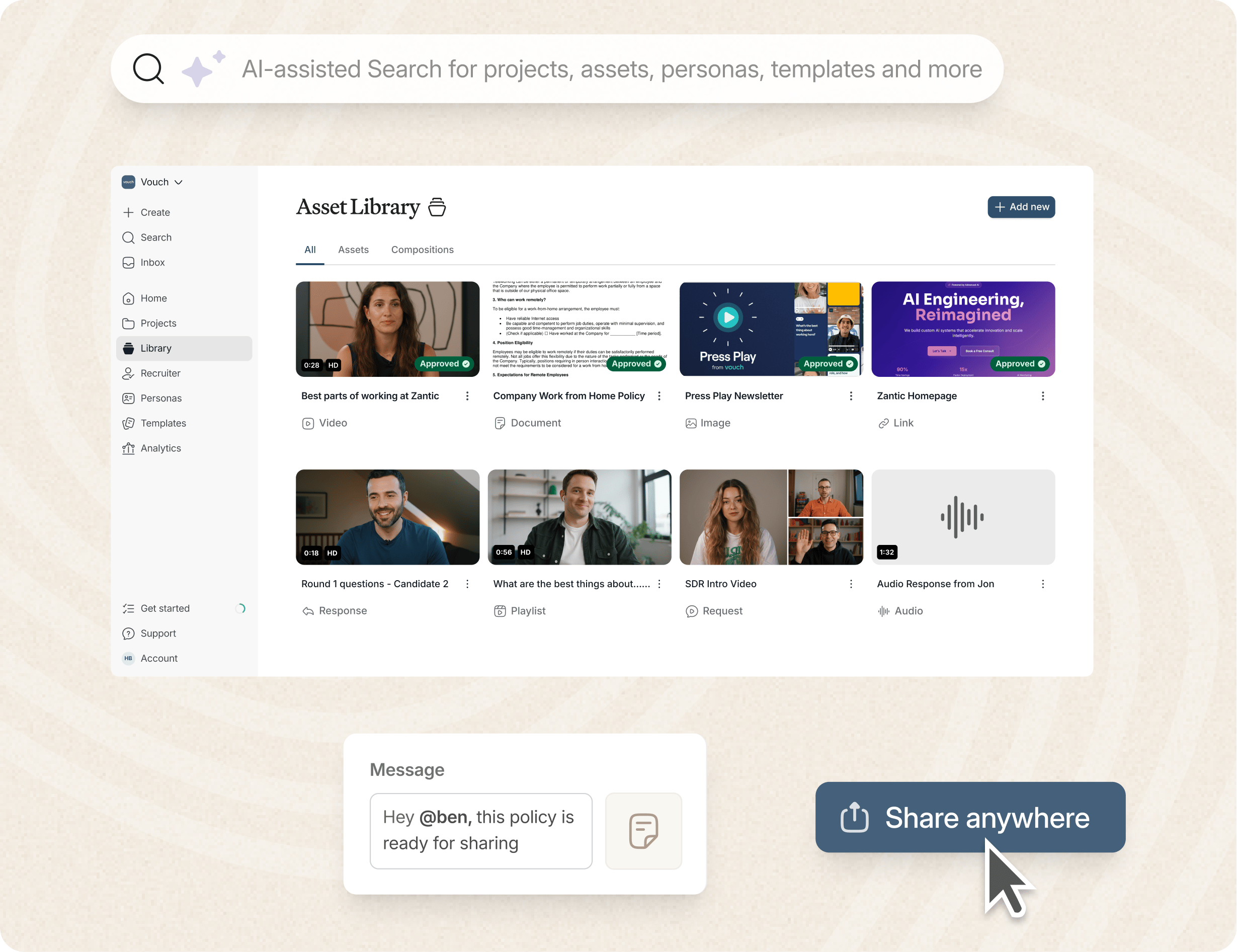First published in Mumbrella.
Everyone likes to feel as if they’re making a good decision, whether we’re choosing a job, product or service. That’s why we can’t help but copy the actions of our peers. It boosts our confidence that we’re making the right choice.
Even the most independent thinkers will, consciously or unconsciously, be influenced by the buying habits of others. It’s how I excuse some of the questionable fashion choices I made in my youth – and why social proof and user generated content prove incredibly effective marketing strategies.
Revolutionising social proof
Business to consumer (B2C) brands should be credited for driving these trending strategies. They understand sharing content from happy customers helps them attract new ones.
They have leaned into the voice of their customer with an inclusive approach to reviews and UGC. Multibillion dollar beauty brand, Fenty Beauty uses its Instagram bio to urge customers to ‘Tag us #FENTYBEAUTY’ and frequently uses customer content on its feed. Hilton Hotels does the same with their #hiltonforthestay hashtag.
Others use reviews and UGC to drive conversion within ecommerce journeys. Aussie fashion brand Petal and Pup encourage customers to leave reviews, have a ‘top rated’ section of their website, and surface those reviews and customer photographs within product pages.
And it’s not just digital use. Who could forget Apple’s ‘shot on an iPhone’ billboards?
But while B2C marketers continue to find success in this space, it’s still underused in the business to business (B2B) space. It’s understandable – it was traditionally expensive and logistically complex – but it’s a huge missed opportunity. Despite SaaS companies and ad agencies striving to deliver impeccable customer service, investing in retention and success initiatives to ensure customer satisfaction, they fail to leverage this success with social proof.
Perhaps it’s because B2B customer reviews have a reputation for being so deadly dull. Videos of participants awkwardly reading scripts under too bright studio lights. Or worse, a block of text on a website that everyone scrolls past.
But there are lots of exciting ways to bring the voice of your customer into your marketing content. Testimonials can be made just as hyper-relevant, personalised and impactful as all of your other marketing strategies. We only need look to the B2C space for inspiration.

The AI-enabled workspace for talent teams.
- Unified workspace for talent teams
- Accelerate hiring with AI tools
- Auto-generate polished hiring and employer brand content
- Easily repurpose assets across all channel

Up the ante with social proof
1. Deliver relevancy with scale
While you might be creating content for a handful of customer personas, the reality is, they are all unique. Each one will have their own individual challenges, reservations and conversion triggers. This makes pouring all of your time and marketing budget into creating a single testimonial a risk. However polished and professionally produced it is. If it can’t convince the person watching it, then it’s simply not effective.
B2C marketers often rely on lo-fi UGC to power up their content channels, helping them collect high volumes of social proof. Widen your net. Aim to gather as many diverse testimonials as you can, even if they’re not the big budget productions you’re used to. Because the more testimonials you can collect, the more potential you will have to serve social proof that answers all of a prospects pain points and concerns. Relevance trumps polish.
2. Mimic social trends
If you’re sharing your social proof on social media, leaning into the trends that already exist in that space will help your content resonate. We know there’s a shift towards more authentic content, from Instagram to TikTok and more recently the emergence of BeReal.
Social audiences crave realness. Leave the stuffy infomercial style testimonial videos behind and focus on more authentic looking videos. Deliver both scale and authenticity by asking customers to record their testimonials at home, rather than in a studio. The psychology of social proof relies on the ability to relate to someone else. So seeing someone in their natural environment, sharing their story in their own words, can be a powerful persuader.
With so many editing tools available, you can always add some engaging cuts or even music in post production.
3. Amplify their content
Sometimes you’ll be gathering social proof purely to fuel sales conversations. But if you’re able to gain permission from your customers to share their testimonials publicly, then there is a lot more to gain.
B2C companies will often fill their feeds or websites with UGC. They make this effective, often free, content work hard. But it’s not just cost efficiencies B2B marketers stand to gain. There’s a powerful network effect. If you’re sharing content that heroes a customer on social media, it’s likely they’ll share it. In turn, their connections will see it and they are the very people that this social proof is most likely to convert. The closer we are to someone, the more likely we are to take their recommendations seriously. So don’t miss out on this free amplification or the opportunity to see social proof at work in all its glory.
B2B is known for sophisticated automation flows which set the bar for personalised sales, onboarding and product education experiences. By integrating social proof, they can boost these strategies even further with the biggest growth lever a business has: its customers.
Social Proof Is Simple With Vouch!
Loved by companies like Canva, Nike, Cisco, HubSpot, Amazon and more, tools like Vouch make leveraging video in your business remarkably easy.
Be sure to book a Vouch demo today and chat with a video content expert.
You might also like

Elevate Your Brand Today With Vouch
Discover how Vouch can accelerate talent acquisition while helping you stay on-brand.






